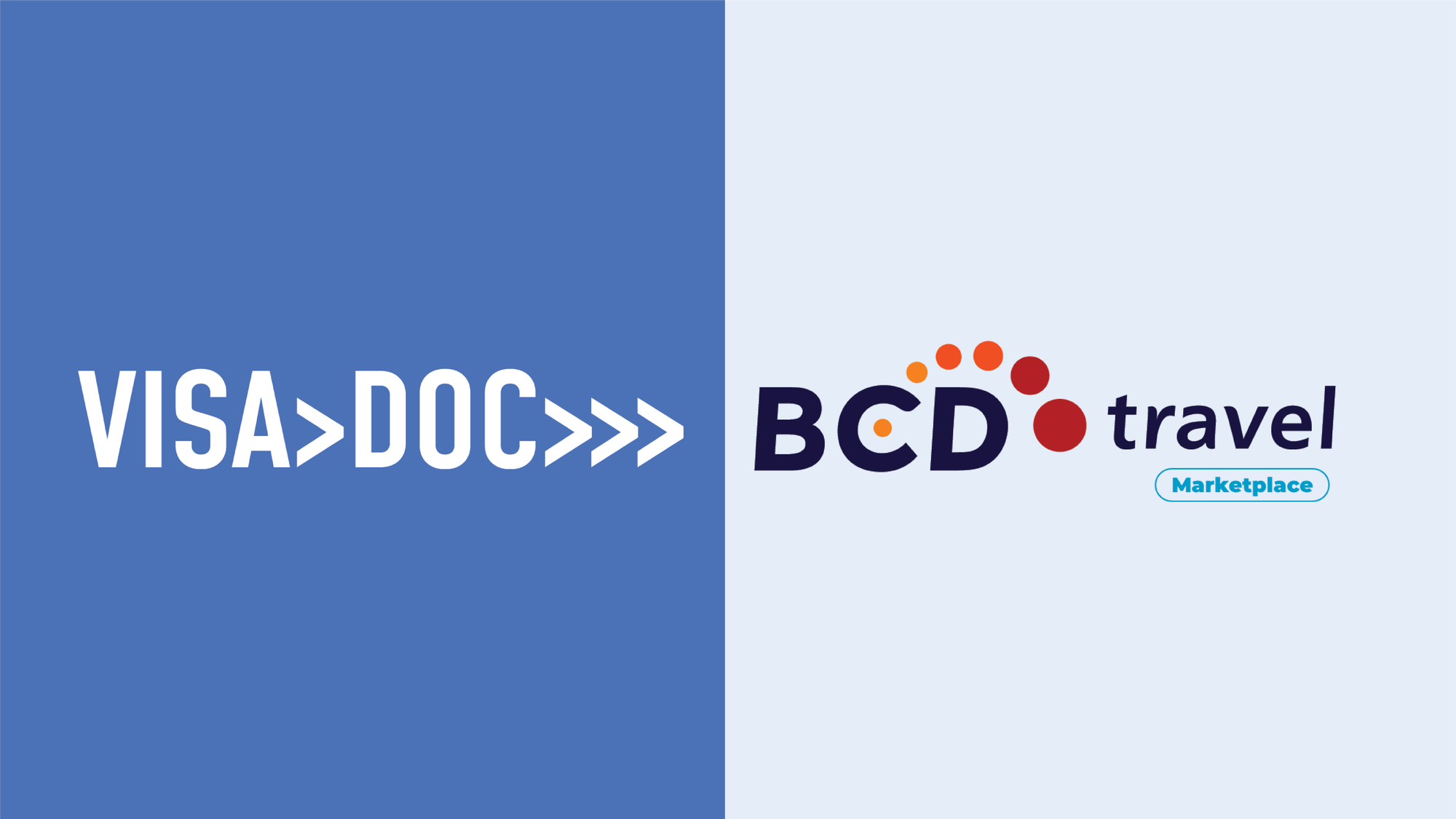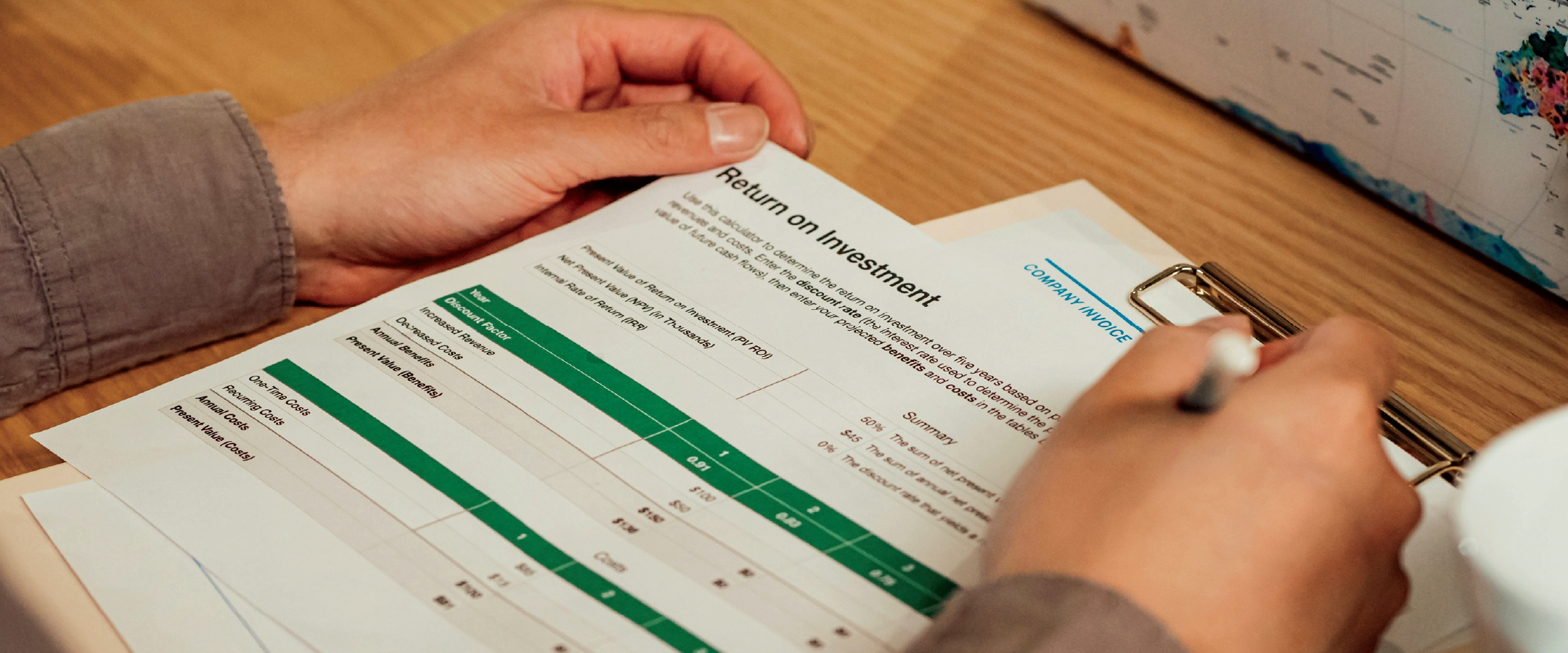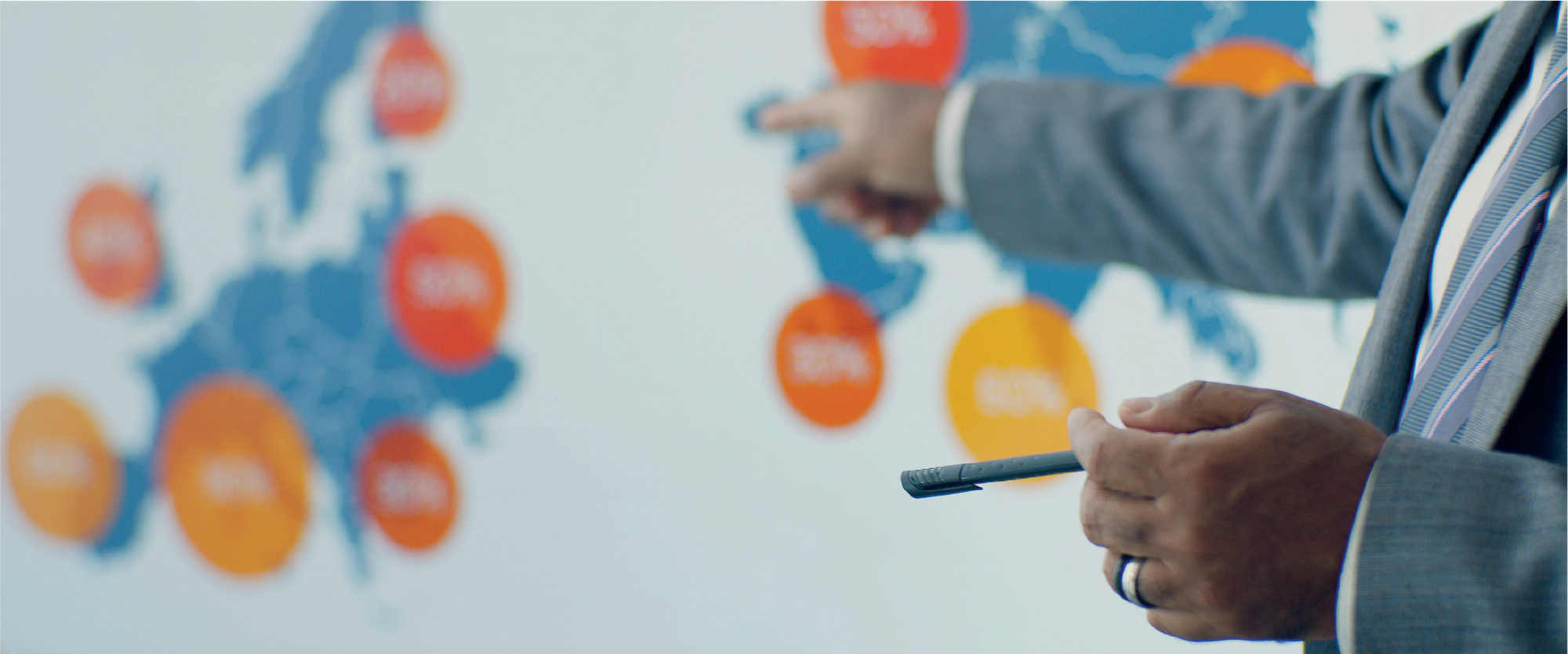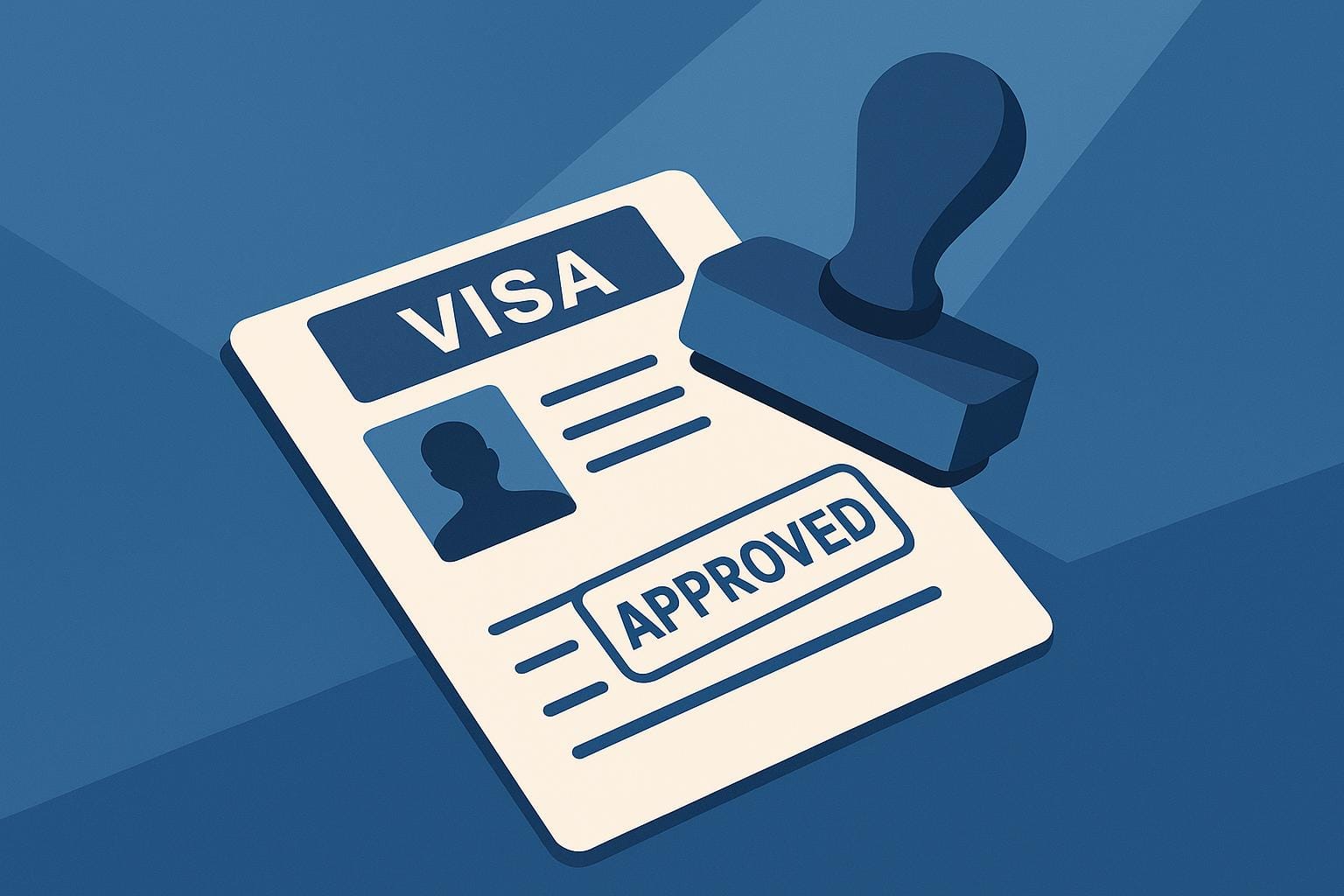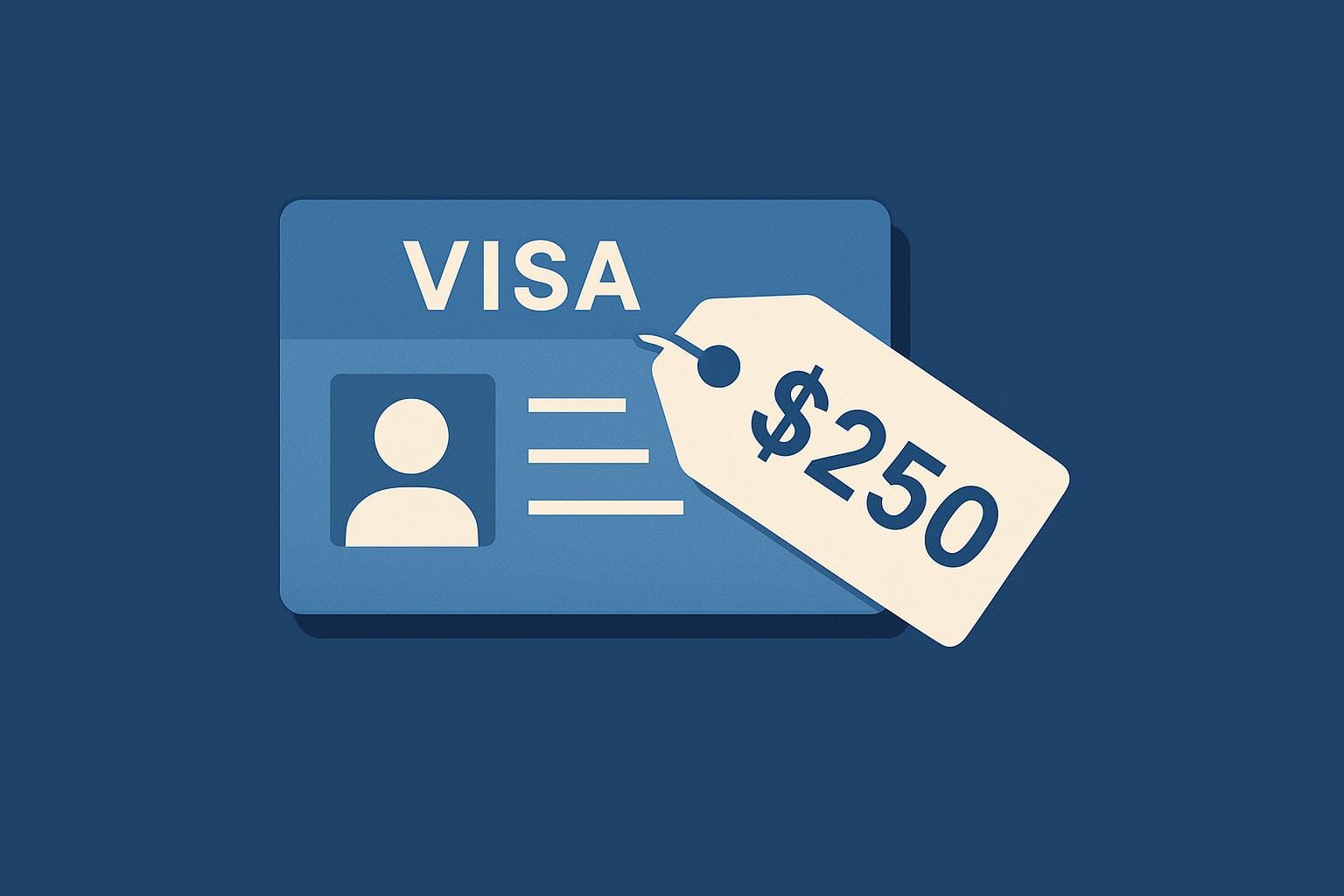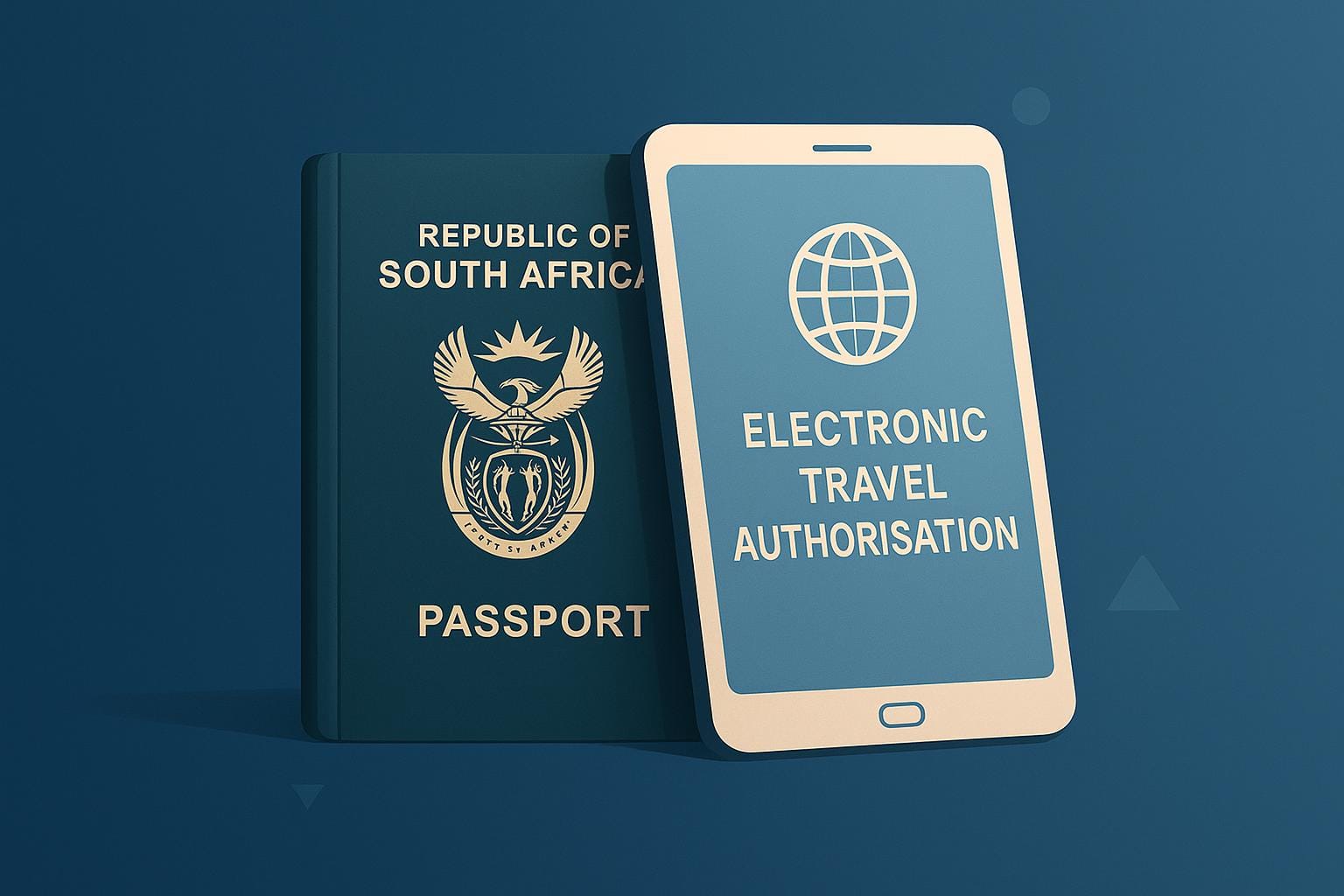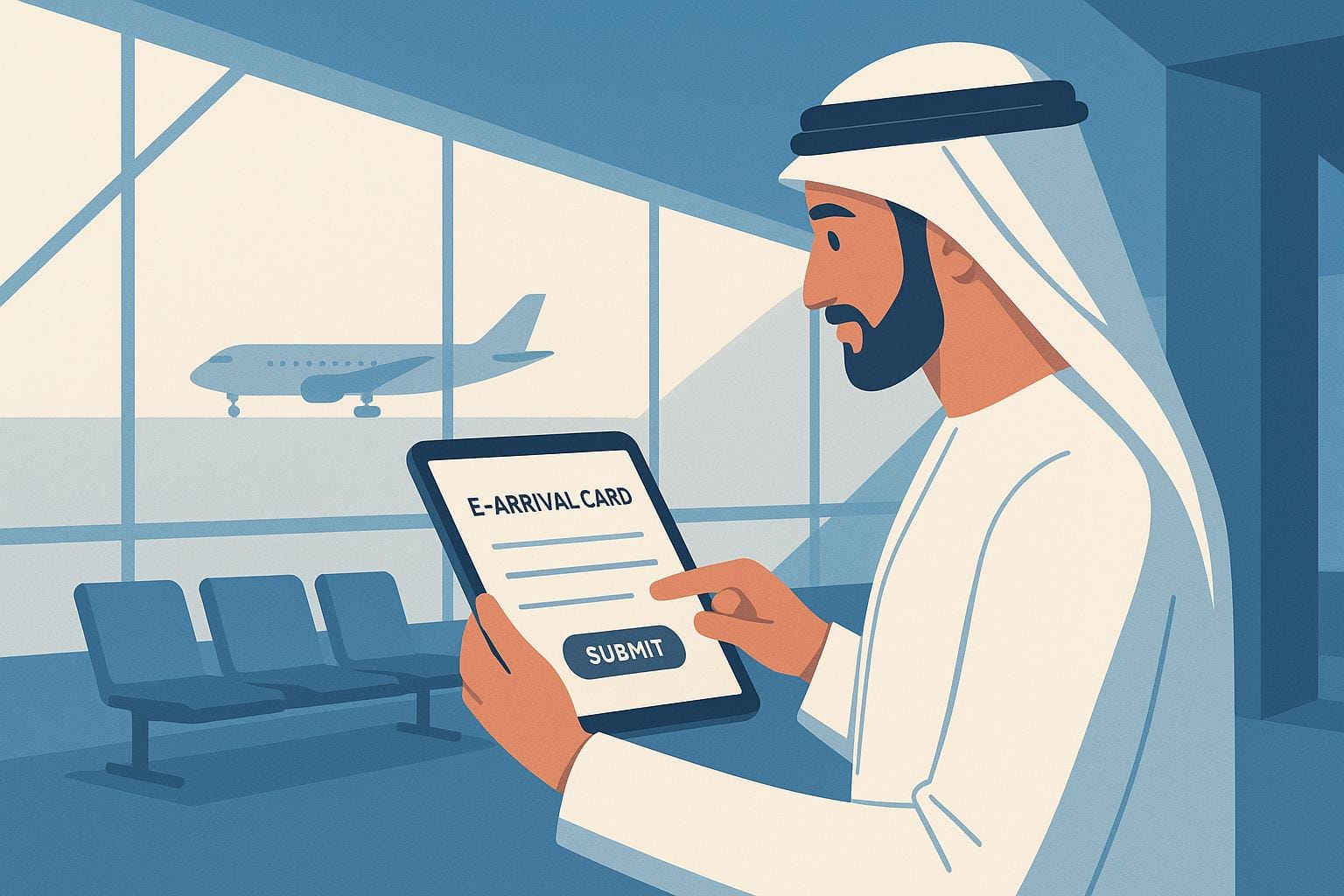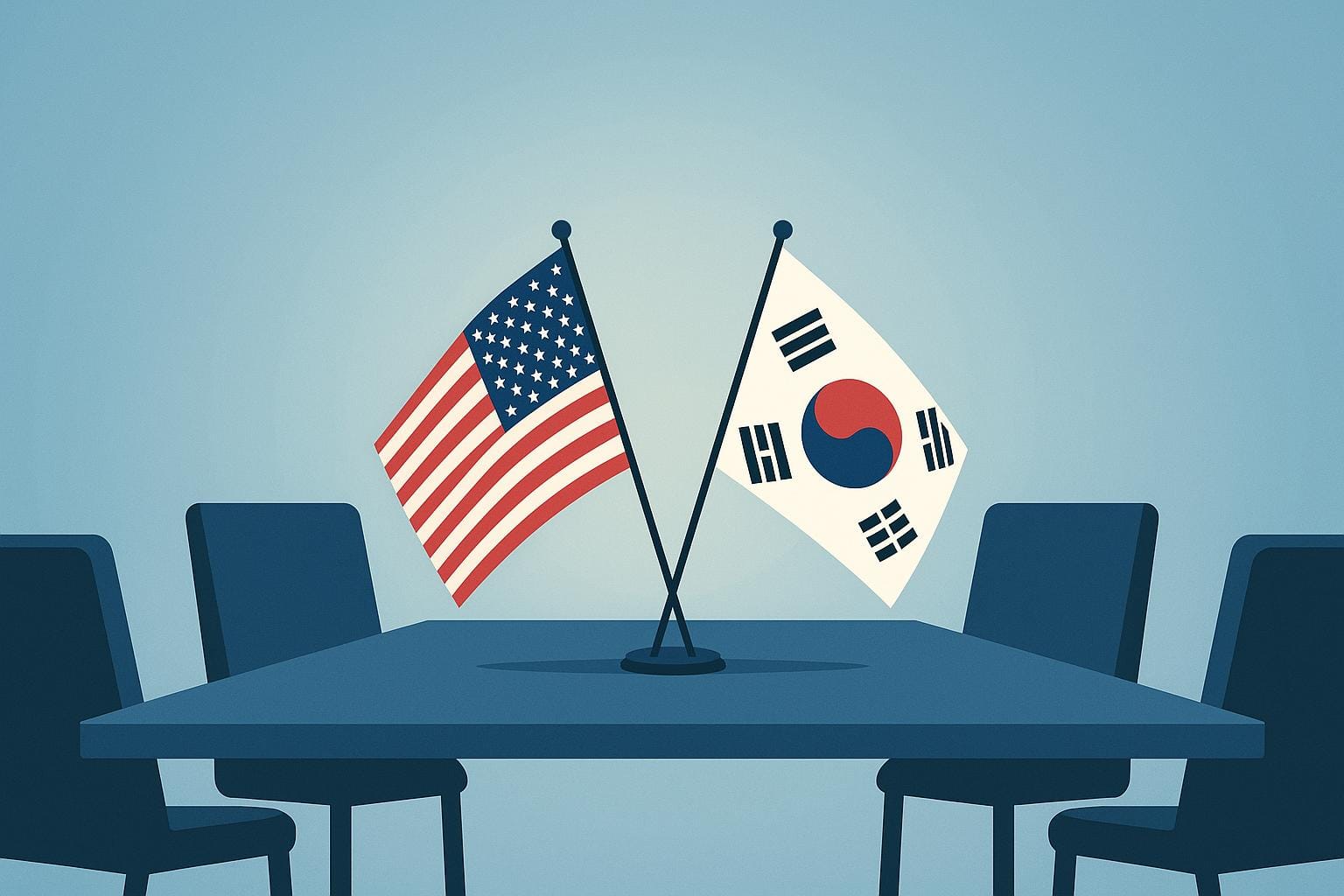If you're planning a short-term business trip to South Korea, understanding the C-3-4 visa process is key. This visa allows you to attend meetings, negotiate contracts, or conduct market research for up to 90 days. Here's a quick overview to help you prepare:
-
Who needs a visa?
US citizens don’t need a K-ETA for short-term business visits, but most other nationalities require a C-3-4 visa. -
Visa costs:
Single entry: £24–£104
Multiple entry: £48–£200 -
Processing time:
Typically 1–6 working days. -
Key documents required:
- Passport (valid for at least 6 months).
- Invitation letter from a Korean company.
- Bank statements (3-month history).
- Proof of employment.
-
Activities allowed on a C-3-4 visa:
- Business meetings, contract negotiations, market research.
- No paid work or profit-driven activities allowed.
Since January 2025, physical visa stickers have been replaced with digital visa grant notices, accessible online after approval. Double-check all documentation for accuracy and follow embassy-specific guidelines to avoid delays.
Quick Comparison of Visa Types
| Visa Type | Purpose | Processing Time |
|---|---|---|
| C-3-4 | Non-profit business activities | 1–6 working days |
| C-4-5 | Paid service contracts | Varies by location |
| C-4 | Technical work or machinery setup | Varies by location |
Prepare thoroughly and ensure all your documents meet the required standards to make your business trip smooth and hassle-free.
South Korea's C-3-4 Short-Term Business Visa Basics
The C-3-4 visa is designed for short-term, non-profit business activities in South Korea, such as attending meetings or negotiating contracts. Below, you'll find details on who qualifies for this visa and how its permitted activities compare to other business visa types.
Eligibility and Permitted Activities
Here's a breakdown of what you can and cannot do with a C-3-4 visa:
| Permitted Activities | Not Permitted Activities |
|---|---|
| Attending business meetings and discussions | Performing work under service contracts |
| Negotiating and signing contracts | Receiving payment within South Korea |
| Conducting market research | Engaging in installation or repair work |
| Participating in sales meetings | Undertaking profit-driven activities |
| Offering business consultations | - |
The visa's validity depends on embassy discretion:
- Single entry: Valid for up to 3 months
- Double entry: Valid for up to 6 months
- Multiple entry: Valid for up to 5 years
Comparing the C-3-4 Visa to Other Business Visas
The C-3-4 visa is often misunderstood due to its broad list of business-related activities. However, it’s crucial to note that this visa strictly covers non-profit business engagements, making it the right choice for activities like contract negotiations.
| Visa Type | Purpose | Processing Time |
|---|---|---|
| C-3-4 | Non-profit business activities | Typically 4–10 working days |
| C-4-5 | Service contracts involving payment | Processing times vary by location |
| C-4 | Technical work or machinery installation | Processing times vary by location |
Key Points to Remember
- If you are eligible for the Korea Electronic Travel Authorization (K-ETA), you should apply for K-ETA instead of the C-3-4 visa.
- Processing times can differ significantly depending on where you apply. For instance, it usually takes around 4 working days in Singapore but up to 10 working days in India.
- Applications might need to be submitted through authorised visa agents.
- Finalise your travel and accommodation plans only after your visa has been approved.
Required Documents for Application
Getting your C-3-4 visa application ready? Here's a breakdown of the key documents you'll need and the formatting rules to follow.
How to Write an Invitation Letter
The invitation letter should be written on the company’s official letterhead. It must clearly outline the purpose of your visit, its duration, planned activities, and other crucial details. Here's what to include:
- A reference or document number
- Details of the inviting representative (name, title, and contact information)
- Purpose and duration of the visit
- Invitee’s full name and passport information
- Accommodation arrangements during your stay
- A statement guaranteeing legal compliance
Make sure to attach a valid Certificate of Business Registration (사업자등록증명) from the Korean company.
Once you’ve completed the invitation letter, move on to verifying your financial and employment documents.
Bank Statements and Work Proof
| Document Type | Requirements |
|---|---|
| Bank Statements | Official statements listing your name, account details, and a three-month history |
| Employment Letter | Confirmation of your employment status, position, and salary on company letterhead |
| Business Registration | A certificate issued within the last three months via www.hometax.go.kr |
Make sure these documents are up to date and meet the outlined requirements.
Document Format Rules
To avoid delays, ensure all your documents follow these specifications:
- Passport validity: Must be valid for at least six months beyond your intended stay.
- Photo: A recent colour photo (3.5cm x 4.5cm) with a white background.
- Application form: Complete the form in either English or Korean using black ink.
When submitting your application:
- Print all forms single-sided on A4 paper.
- Provide original documents, along with English or Korean translations for any non-English materials.
- If you've been denied a K-ETA before, include proof of the denial.
Since January 2025, physical visa stickers have been replaced with digital visa grant notices. Once approved, you can access these notices online. Keep in mind that requirements may differ depending on the local Korean diplomatic mission. For applicants in Singapore, submissions must go through authorised visa agents.
Step-by-Step Application Guide
Application Submission Steps
First, check on the Korea Visa Portal to determine if you need a C-3-4 visa or if you're eligible for K-ETA. If you're planning to receive payment while in South Korea, you'll need to apply for a C-4-5 visa instead.
-
Document Preparation
Gather the following documents: a completed application form (with a passport-sized photo), your passport (valid for at least six months with a clear bio-data page copy), proof of recent employment, an invitation letter, a Business Registration Certificate, and relevant financial documents. -
Submission Process
If you're applying from the UK, you can submit your application either online via the Korea Visa Portal or in person at the Korean Visa Application Centre (KVAC):
Visa fees depend on your nationality and any agreements between South Korea and your home country. Most applicants will pay in pounds sterling, calculated at the current exchange rate. For a smoother process, consider using automated tools to verify your documents before submission.Submission Method Processing Time Requirements Online Portal 4 working days Digital copies of all documents KVAC In-Person 4 working days Original documents + copies
Using VisaDoc for Applications
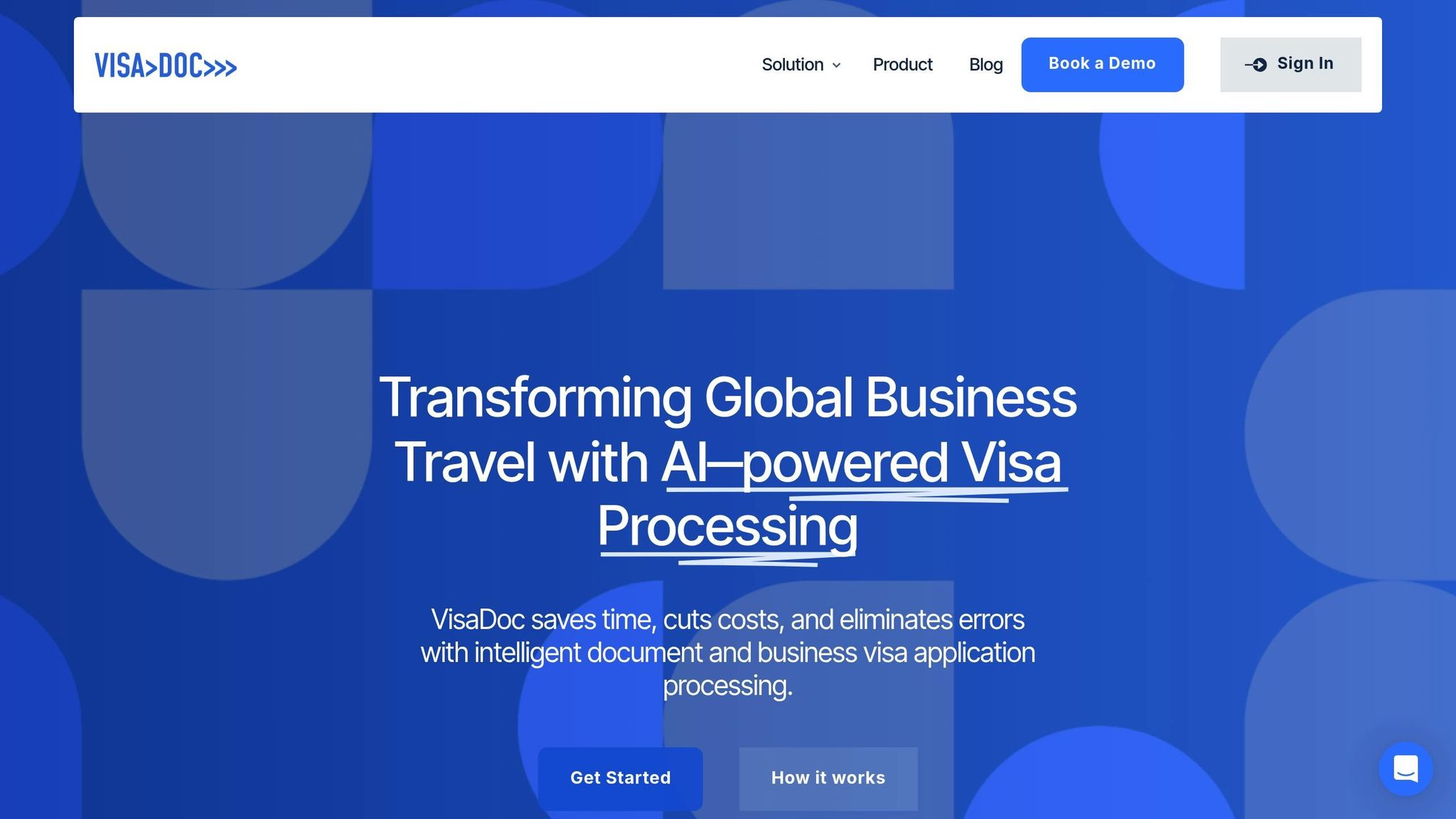
VisaDoc offers a streamlined approach to the application process by automating document checks and ensuring compliance with embassy requirements.
Key features of VisaDoc include:
- Document Verification: Automatically checks that all your documents meet the South Korean embassy's standards.
- Stay Duration Monitoring: Tracks your approved stay to help you avoid overstaying.
- Real-Time Updates: Sends notifications about your application status and any additional documents you might need to provide.
Recent studies show that platforms like VisaDoc have reduced application errors by 17%, helping to avoid disruptions to business travel. Once your application is approved, you'll receive a digital visa grant notice instead of a physical visa sticker.
Common Application Mistakes to Avoid
Navigating the C-3-4 visa application process requires precision and attention to detail. Even small oversights can lead to delays or outright rejection. Here's a look at some frequent mistakes applicants should avoid.
Business Protocol Requirements
In South Korea, business culture places a strong emphasis on formality and accuracy. This is particularly important when preparing the invitation letter, a key component of the application.
Invitation Letter Formality Issues
| Component | Correct Practice | Common Mistake |
|---|---|---|
| Information Completeness | Provide all necessary details about both the host and visitor, along with supporting documents (e.g., proof of relationship, financial capability, and residency). | Leaving out important details or failing to attach required documents. |
| Formal Tone and Signature | Maintain a professional tone and ensure the letter is properly signed. | Using an informal tone or neglecting to include a signature. |
Financial Documentation Errors
Bank statements must clearly demonstrate sufficient funds to cover travel expenses.
"Inconsistencies in application details or submission of fraudulent documents can lead to immediate rejection and possible blacklisting", warns the Korean Visa Application Centre's 2024 guidance document.
Additionally, failing to meet document formatting standards can cause delays, so paying close attention to these requirements is vital.
Document Format Errors
Translation and Certification
Documents not in Korean or English must have certified translations. Common mistakes include:
- Submitting documents without certified translations or proper accreditation
- Providing incomplete translations
- Using outdated documents
Technical Specifications
Applicants should follow the embassy's technical guidelines for document formatting, as outlined in the 'Document Format Rules'.
Supporting Document Consistency
All details - such as dates, names, and other key information - must match across the application. Even minor inconsistencies, like variations in company name abbreviations, can prompt further scrutiny.
To minimise risks, double-checking all documents before submission is crucial. Tools like VisaDoc's document verification system can help identify errors and reduce the chances of rejection.
Summary
Here’s a breakdown of the key points to keep in mind for a successful C-3-4 visa application:
Essential Documentation Requirements
| Component | Key Details |
|---|---|
| Passport Validity | Ensure your passport is valid and has enough blank pages for visa stamps. |
| Financial Proof | Provide bank statements that clearly show you have sufficient funds. |
| Invitation Letter | Include a formal letter with complete details of your host. |
| Supporting Documents | Submit certified translations for any non-English documents, if required. |
Managing your timeline carefully and paying close attention to documentation requirements are crucial steps in the application process. Notably, physical visa stickers have been replaced with digital visa grant notices.
Be aware that any inconsistencies or fraudulent submissions can lead to outright visa denial. In some cases, this could even result in a ban from applying for up to three years.
Digital Application Support
For added convenience, VisaDoc offers tools to simplify the process. These include automated document verification, real-time compliance checks, and seamless integration with HR workflows. This approach not only reduces errors but also speeds up processing times.
Critical Success Factors
To ensure your application has the best chance of approval:
- Use only authorised visa agents when submitting applications.
- Avoid making travel bookings until your visa is approved.
- Double-check that all documents meet the required format specifications.
- Maintain consistency across all submitted materials.
FAQs
What happens if I submit incorrect or false documents when applying for a C-3-4 visa to South Korea?
Submitting false or incorrect documents for a C-3-4 visa can lead to severe penalties. These can range from an immediate rejection of the visa application to a ban on submitting future applications. In some cases, individuals may face criminal charges, which could result in fines, deportation from South Korea, or even imprisonment for up to 10 years.
Providing misleading information or fake documents may also lead to being labelled as inadmissible for future entry into South Korea. To avoid these outcomes, it is essential to ensure that all documents are accurate, complete, and fully align with South Korea's visa requirements.
What is South Korea's digital visa grant notice system, and what should I do after my C-3-4 visa is approved?
South Korea's digital visa grant notice system streamlines the visa approval process by providing electronic confirmation, removing the need for physical visa labels. Once your C-3-4 visa is approved, make sure to print out the visa grant notice and keep it with your travel documents.
When you arrive in South Korea, the next step is to apply for an Alien Registration Card (ARC) at your local immigration office. This card acts as your official ID during your stay and includes essential visa information. To apply, you'll need to bring:
- Your passport
- A printed copy of your visa grant notice
Make sure to complete this process without delay to stay in line with South Korea's immigration requirements.
Can I change my C-3-4 visa to another type if my business needs change during my visit to South Korea?
If you’re holding a C-3-4 short-term business visa, switching to a different visa type while in South Korea isn’t allowed. Should your business plans or circumstances change, you’ll need to leave South Korea and apply for a new visa from abroad.
This rule aligns with South Korea’s immigration policies, making it crucial to select the right visa before travelling. If there’s a chance your business activities might evolve, it’s a good idea to consult immigration authorities or legal experts beforehand to ensure you choose the most appropriate visa for your needs.
Related Blog Posts
- India Business Travel Guide: Visas, Permits, and Cultural Tips for Success
- China Business Visa 2025: Latest Requirements and Application Tips
- Business Visa Processing Times: Country-by-Country Guide
- Conducting Market Research in Japan: Specialized Short-Term Business Visa Guidelines for Corporate Teams




